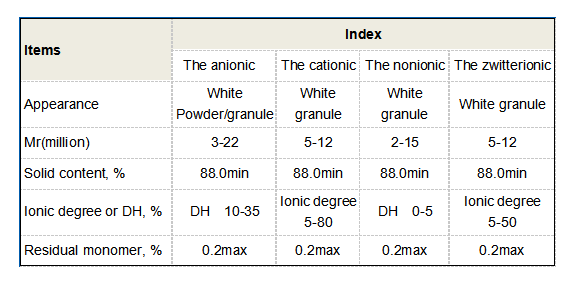2 月 . 14, 2025 18:53
Back to list
Ethylene Diamine Tetra (Methylene Phosphonic Acid)EDTMPA(Solid)
Chloroisothiazolinone, often overshadowed by its more complex chemical designation methylchloroisothiazolinone (MCI), is a powerhouse within the realm of preservatives used widely in personal care and household products. Its role cannot be overstated, particularly in extending the shelf life of numerous formulations, ensuring they remain effective and safe for consumer use over extended periods.
That said, the conversation around chloroisothiazolinone is not solely about precaution. It is also a testament to the ongoing advancements within the field of cosmetic science. The ability to precisely understand and measure consumer sensitivity to various ingredients is improving, leading to safer, more reliable product formulations. Companies are now investing heavily in R&D to explore innovative ways to use such preservatives effectively while minimizing potential adverse reactions. Transparency and consumer education play crucial roles in boosting trust and confidence. Brands that are forthcoming about their use of chloroisothiazolinone in their products, providing detailed information through labels and educational content, can bolster their credibility. This approach not only fosters trust but also empowers consumers, allowing them to make informed decisions based on their individual preferences and sensitivities. Moreover, research into alternatives and complementary preservatives is intense and ongoing. These efforts are paving the way for the development of novel preservative systems that could either replace or be used alongside chloroisothiazolinone. Such innovations could redefine the industry standards, helping to address concerns about allergenicity while maintaining product integrity. In conclusion, chloroisothiazolinone remains a pivotal ingredient within personal care and cosmetic industries, thanks to its antimicrobial properties and formula flexibility. While challenges around allergenicity exist, they also serve as catalysts for innovation and improvement, pushing the industry towards safer and more consumer-friendly solutions. With a commitment to transparency and continuous research, manufacturers can enhance consumer trust and ultimately drive brand loyalty in an increasingly informed marketplace. As the dialogue between science, regulation, and consumer preference evolves, chloroisothiazolinone's role will undoubtedly be refined and redefined to meet the modern consumer’s expectations.


That said, the conversation around chloroisothiazolinone is not solely about precaution. It is also a testament to the ongoing advancements within the field of cosmetic science. The ability to precisely understand and measure consumer sensitivity to various ingredients is improving, leading to safer, more reliable product formulations. Companies are now investing heavily in R&D to explore innovative ways to use such preservatives effectively while minimizing potential adverse reactions. Transparency and consumer education play crucial roles in boosting trust and confidence. Brands that are forthcoming about their use of chloroisothiazolinone in their products, providing detailed information through labels and educational content, can bolster their credibility. This approach not only fosters trust but also empowers consumers, allowing them to make informed decisions based on their individual preferences and sensitivities. Moreover, research into alternatives and complementary preservatives is intense and ongoing. These efforts are paving the way for the development of novel preservative systems that could either replace or be used alongside chloroisothiazolinone. Such innovations could redefine the industry standards, helping to address concerns about allergenicity while maintaining product integrity. In conclusion, chloroisothiazolinone remains a pivotal ingredient within personal care and cosmetic industries, thanks to its antimicrobial properties and formula flexibility. While challenges around allergenicity exist, they also serve as catalysts for innovation and improvement, pushing the industry towards safer and more consumer-friendly solutions. With a commitment to transparency and continuous research, manufacturers can enhance consumer trust and ultimately drive brand loyalty in an increasingly informed marketplace. As the dialogue between science, regulation, and consumer preference evolves, chloroisothiazolinone's role will undoubtedly be refined and redefined to meet the modern consumer’s expectations.
Share
Latest news
-
The Ultimate Guide to Flocculants: Transforming Water TreatmentNewsNov.01,2024
-
Improve Your Water Treatment Solutions with PolyacrylamideNewsNov.01,2024
-
Enhance Your Water TreatmentNewsNov.01,2024
-
Empower You to Achieve the Highest Standards of Water QualityNewsNov.01,2024
-
Effective Scale InhibitorsNewsNov.01,2024
-
Discover the Power of Poly Aluminum Chloride in Water TreatmentNewsNov.01,2024





